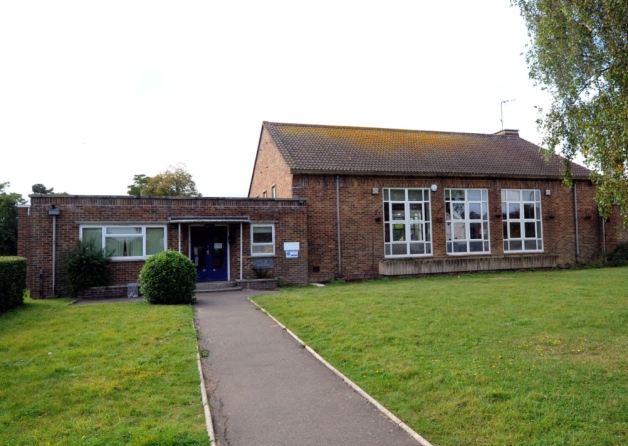The other day the latest Rye Partnership newsletter arrived in my inbox.
To be honest, it was hardly a compulsive read and consisted largely of recounting events currently being held at the Tilling Green Community Centre. Personally, I would have liked to see some news of their other ventures: the Fishmarket, for example, or had they had any further thoughts on the Moorings at Rock Channel (which, at the last AGM, they admitted they didn’t know what to do with), or perhaps the Rye Harbour village shop – how had the renovations improved trade? Or maybe even – and this would have been a real long shot – how were East Sussex County Council getting on with finding a developer for the Community Centre site to turn it into much needed affordable or social housing.
None of this was there, but there was one item that attracted my attention: a plan to turn the land in front of the Community Centre into a community garden.
On the face of it, this would seem to be one of the better ideas of the Partnership. The Rye Community Garden, established a few years ago in Love Lane is a success and although the regular volunteers looking after it are a relatively small band, there is enough interest from others who perhaps do not have the same amount of time available, but can often help in other ways, for the project to thrive.
Would a Tilling Green garden have the same success? Well, why not? Tilling Green is a fairly large estate and there are a number of homes – either flats or with only small outside areas, where the occupants might well be enthusiastic about having space to grow things. There would also be the chance to meet and socialise with others and the health benefits to both mind and body of a project such as this are well known.
But, and I hate to raise a “but”, there is just the tiniest cloud on the horizon.
The whole Community Centre site has been earmarked for housing and attempts have already been made (and failed) to dispose of it for that purpose. The Rye Partnership have now given up and handed that responsibility over to ESCC in the hope that they might have more success.
The last development attempt, by a housing association, failed because at the last minute, apparently, someone discovered that the area was a flood plain which would have meant an unsustainable increase in building costs (although many thought that the housing association was looking for a way out, and this gave them a convenient excuse). That does not mean that another developer might not be able to have a go at it, but they would almost certainly need to maximise the use of all the land to make it cost effective.
So what then happens to the community garden and to all the hard work that will have gone into it? It will either disappear into the bucket of a JCB as the site is cleared or, just possibly, it could be used as an argument, by its very existence and its communal purpose, to prevent, or at the very least discourage, any future attempts to obtain planning permission there. This latter possibility would not only resolve the development problem from the point of view of the Partnership, but would also get ESCC off the hook and enable them to put the development question very much on their back burner.
I may be, of course, just over cynical and I am sure that this potential difficulty would never have occured to the Partnership, or its chairman, Keith Glazier any more than it would occur to ESCC and its leader, Cllr. Keith Glazier. But if there is any doubt about this, we can always get the matter cleared up by Rye’s own counsellor at ESCC who is….er….oh yes, Cllr Keith Glazier.
Image Credits: Rye News library .



